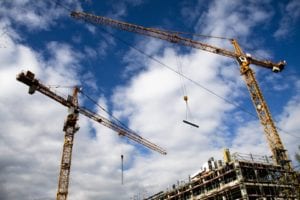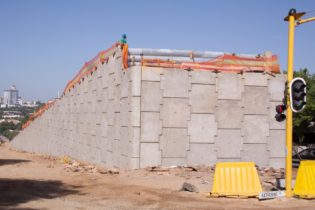 As a developing nation, South Africa’s engagement in the global economy is either advanced or constrained by the state of its infrastructural capabilities. The first ever Infrastructure Report Card (IRC) for South Africa, exploring the state of the country’s infrastructure, was released in 2006 by SAICE.
As a developing nation, South Africa’s engagement in the global economy is either advanced or constrained by the state of its infrastructural capabilities. The first ever Infrastructure Report Card (IRC) for South Africa, exploring the state of the country’s infrastructure, was released in 2006 by SAICE.
Sundran Naicker PrEng, SAICE’s reigning President, emphasises that the IRC is a mechanism which can be used to engage with government.
Manglin Pillay, CEO of SAICE, agrees: “If you do not measure something, it is very difficult to assess how you can improve on it, or even deliver it. Furthermore, I believe we are one of the few institutions, if not the only one, that carries out this particular measuring of infrastructure. In essence, we are helping government assess itself in terms of how it is delivering infrastructure, and more importantly, on how to improve the operations of infrastructure, using the IRC as a measuring tool.” “It is SAICE’S intention that the current and future IRCs will evoke discussions that provide impetus for the required leadership, and action for a better sustainable lifestyle for all South African citizens,” concludes Malcom Pautz PrEng, also a past SAICE President (2015).






